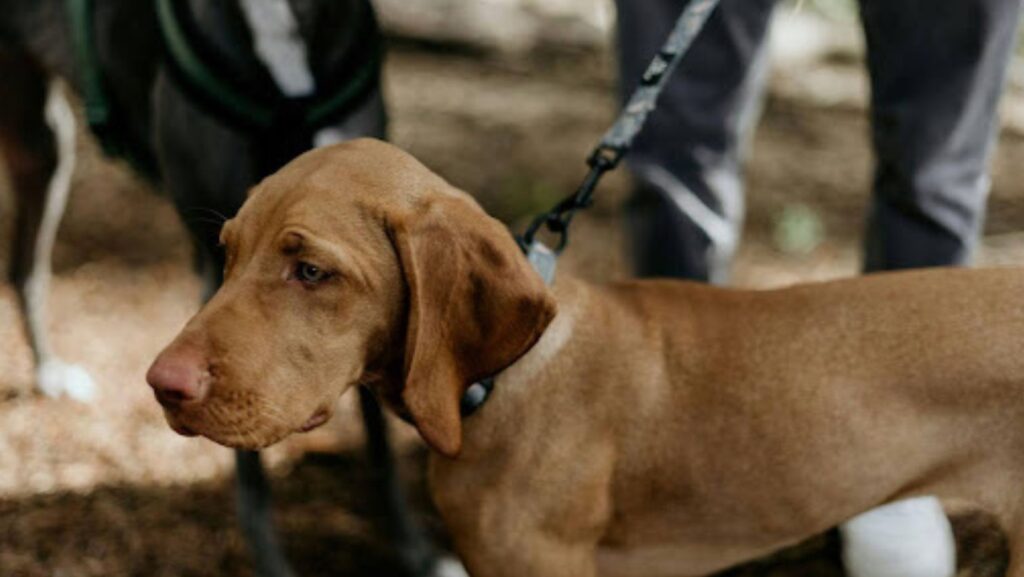Managing bed bug infestations in care homes is challenging due to the unique vulnerabilities of residents. Traditional pest control methods can be time-consuming, disruptive, and less effective in sensitive environments.
However, bed bug detection with canine inspection has emerged as an effective and efficient approach to identifying and managing bed bugs in care facilities. This article explores the transformative role that canine detection brings to bed bug control, highlighting its advantages for maintaining a safe, comfortable environment in care homes.
Early Detection Prevents Major Infestations
Early detection is key to controlling bed bugs before they spread throughout a care home. Trained detection dogs can identify bed bugs in the earliest stages of infestation, even in hard-to-access spaces like bedding and furniture seams.
Using canine bed bug inspection methods allows staff to tackle infestations quickly, minimizing the need for widespread treatment and reducing the stress on residents and staff alike. Additionally, canine detection is faster than traditional methods, allowing for quick intervention before bed bugs proliferate. When infestations are caught early, facilities can implement targeted treatments, which are often less costly and invasive.
Additionally, early intervention ensures that residents aren’t exposed to prolonged discomfort or potential allergic reactions from bed bug bites, ultimately preserving the quality of life in care settings. Canine detection, with its quick turnaround, makes regular checks feasible, allowing care homes to proactively manage bed bug risks.
Accuracy Reduces Unnecessary Treatments
Canine bed bug detection is known for its high accuracy. Bed bug detection dogs are trained to distinguish bed bugs from other insects, which reduces false positives. This precision is crucial in care homes, where unnecessary treatments can disrupt routines and expose vulnerable residents to chemicals or heat-based treatments.
Canine detection thus ensures that pest control is applied only where necessary, safeguarding both residents and the facility’s operational flow. With canine inspection, pest control can be more selective.
If the dog detects bed bugs in specific rooms or areas, treatment can focus on those areas alone, which conserves resources and minimizes disruption to unaffected parts of the facility. The accuracy of canine detection also fosters greater confidence among residents, staff, and families, knowing that only areas with confirmed infestations are treated. This trust is essential in maintaining a reassuring environment for care home residents.
Non-Invasive and Less Stressful for Residents
Care homes prioritize resident well-being, making non-invasive detection methods preferable. Traditional detection methods, like dismantling furniture and conducting extensive visual inspections, can be stressful for elderly residents.
In contrast, canine detection is non-intrusive, requiring minimal disruption to a resident’s space. The swift nature of canine inspections helps minimize the amount of time a resident’s room is inaccessible, reducing any inconvenience for both residents and their families.
The simplicity of canine inspections—where a dog and handler can quickly scan a room without altering furniture or disturbing belongings—supports a calm, respectful approach to pest control.
As a result, canine detection aligns with the compassionate care standards of these facilities, ensuring that pest control does not interfere with the daily lives of residents. The less invasive approach also respects personal spaces, which are especially valued by residents in long-term care environments.
Cost-Effective Over Time
Though canine inspections may appear to have a higher upfront cost, they often prove more cost-effective in the long term. Quick and accurate detection allows care homes to avoid extensive infestations, which are typically more expensive and labor-intensive to treat.
By identifying infestations early and precisely, care homes can manage bed bug control services expenses more efficiently, avoiding the high costs of comprehensive treatments required for severe infestations.
Additionally, effective bed bug management reduces other related costs, such as treating resident belongings, repairing damaged furniture, and handling resident relocation if infestations become unmanageable.
Investing in bed bug control services that include canine detection can ultimately lead to significant savings for care facilities. The long-term financial benefits, coupled with resident well-being, make canine detection an advantageous investment for care homes.
Improves Overall Hygiene and Reputation
Maintaining high hygiene standards is vital for the reputation of any care home. Bed bug infestations can have a serious impact on how residents, families, and regulatory bodies view a facility. Regular canine detection for bed bugs not only enhances hygiene but also reassures residents and their families that proactive measures are in place to maintain a pest-free environment. Moreover, a clean, pest-free environment reflects well on the facility’s commitment to resident care.
A reputation for cleanliness and prompt pest management is essential for care homes to retain trust among clients and staff. Families are more likely to choose facilities known for high standards in resident care and hygiene, contributing to the facility’s overall credibility and standing in the community.
Utilizing detection services that include canine inspection further strengthens a care home’s standing as a trusted, well-maintained living space.
Keep Bed Bug Control Swift and Effective with Canine Detection
Implementing canine bed bug detection in care homes is a proactive step towards better pest management that benefits both residents and the facility.
With its advantages in early detection, accuracy, non-invasiveness, cost-effectiveness, and hygiene improvement, bed bug detection through canine inspection is becoming a preferred choice in the sensitive environment of care homes.
Choosing this method means care homes can continue to offer a comfortable, pest-free environment where residents feel safe and valued.




More Stories
How to Bet from Your Phone, Even If You Have Weak Internet
Cyprus Residency vs. Citizenship: What’s the Difference?
5 Tips for Choosing a Barndominium Floor Plan for Your Dream Home